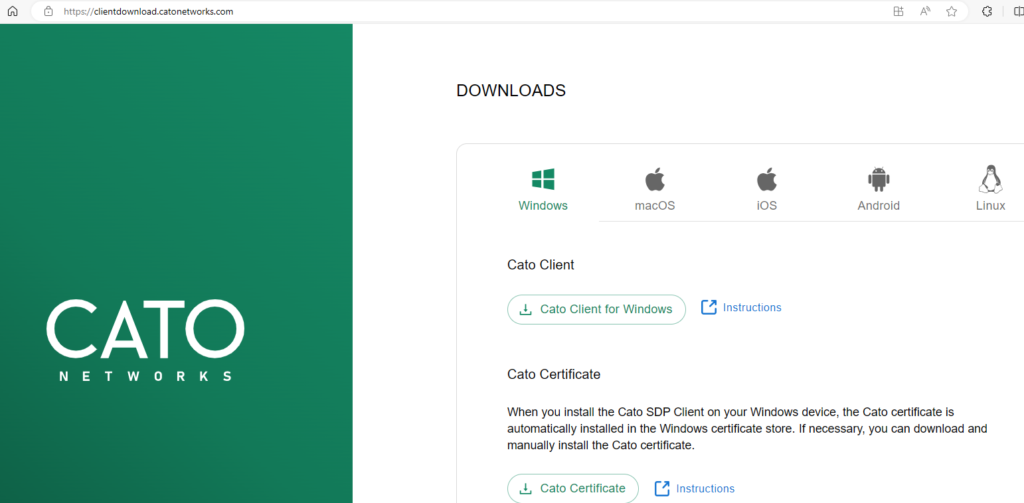To connect to Exchange Online (part of Microsoft 365) using PowerShell, you can use the following commands:
powershellCopy code
# Install the required module if not already installed Install-Module -Name ExchangeOnlineManagement -Force -AllowClobber # Connect to Exchange Online $UserCredential = Get-Credential Connect-ExchangeOnline -UserPrincipalName $UserCredential.UserName -ShowProgress $true
Explanation:
- The Install-Module command installs the Exchange Online Management module if it’s not already installed. This module provides the necessary cmdlets to manage Exchange Online.
- The Get-Credential command prompts you to enter your Microsoft 365 email address and password. This creates a secure credential object that will be used to authenticate when connecting to Exchange Online.

3. The Connect-ExchangeOnline command is used to establish a connection to Exchange Online. You provide the email address from the credential object (UserPrincipalName) and set the -ShowProgress $true parameter to display the progress of the connection.
or Connect-ExchangeOnline -UserPrincipalName username@yourdomain.com
Make sure you have the necessary permissions and prerequisites to run PowerShell commands against Exchange Online. Also, keep in mind that the module and commands may have received updates since my knowledge cutoff in September 2021, so make sure to refer to Microsoft’s official documentation for the most up-to-date information.































